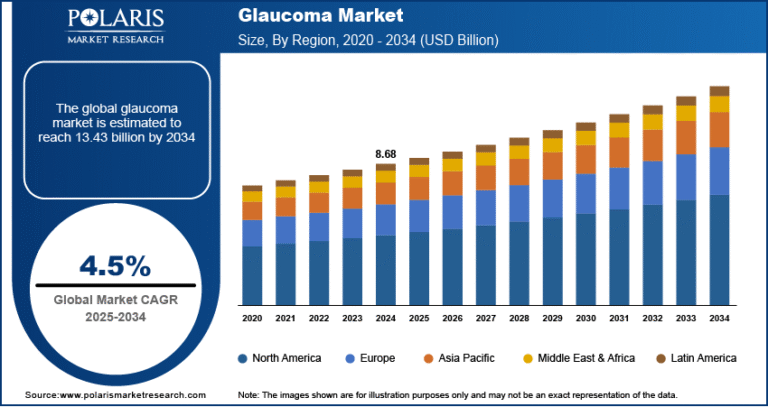MEA Technical And Vocational Education Market Size, Share & Trends Analysis growing at a CAGR of 10.7% from 2025 to 2030

The MEA technical and vocational education market size was estimated at USD 46.90 billion in 2024 and is projected to grow at a CAGR of 10.7% from 2025 to 2030. Factors such as government initiatives and national vision programs, labor market needs and economic diversification, youth population, and high unemployment rate drive market growth. The rise of Industry 4.0, with technologies such as AI, robotics, and cybersecurity, created demand for specialized training programs. Digital and tech-focused vocational courses are gaining traction in MEA as industries modernize and automation increases. This shift also includes adopting online and blended learning platforms, which expand access to technical education across remote and underserved areas.
Request a free sample copy or view report summary: https://www.grandviewresearch.com/industry-analysis/mea-technical-vocational-education-market-report/request/rs1
The region has a high youth population and unemployment rates; MEA countries are focused on vocational training to improve employability. Vocational and technical education programs are tailored to offer practical skills that align with job market needs, aiming to address youth unemployment. Moreover, the rise of Industry 4.0, with technologies such as AI, robotics, and cybersecurity, creates the demand for specialized training programs. Digital and tech-focused vocational courses are gaining traction in MEA as industries modernize and automation increases. This shift also includes adopting online and blended learning platforms, which expand access to technical education across remote and underserved areas.
Environmental initiatives are growing, especially in the UAE and Saudi Arabia, focusing on sustainable energy and green technology. This shift has led to the development of vocational programs that provide training in renewable energy, environmental management, and sustainable infrastructure, aligning education with sustainable economic goals. Moreover, the MEA region invests in educational infrastructure, particularly technical and vocational institutions. This includes new campuses, training centers, and up-to-date equipment, supported by government funding and foreign aid.
Course Type Insights
The STEM education segment led the market in 2024, accounting for over 75% of global revenue share. Countries such as KSA and the UAE established numerous national development strategies, such as Saudi Vision 2030 and UAE Vision 2021, prioritizing building knowledge-based economies. A strong emphasis on STEM education is crucial to these plans, as they aim to reduce reliance on oil by developing high-tech, innovative industries that require skilled professionals in STEM fields.
The non-STEM segment is predicted to foresee significant growth in the coming years. MEA nations, particularly in the Gulf Cooperation Council (GCC), focus on economic diversification away from oil dependence. This shift has increased the demand for skills in various fields, such as business, finance, social sciences, law, media, and the arts, to support new sectors. Education programs in these areas aim to create a workforce that meets the needs of a diversified economy. Moreover, a growing interest is in developing cultural and creative sectors in various countries such as KSA and the UAE. This includes investments in arts, media, and entertainment to support tourism, media production, and cultural initiatives.






